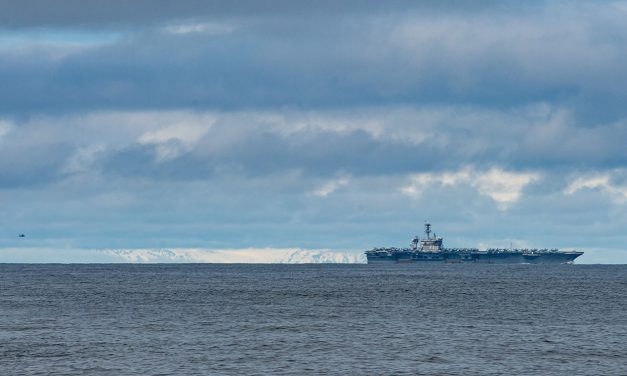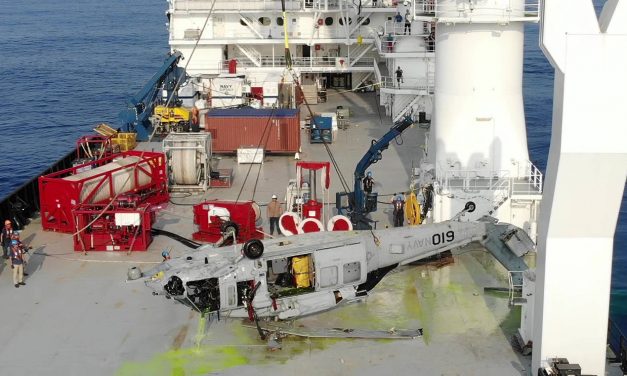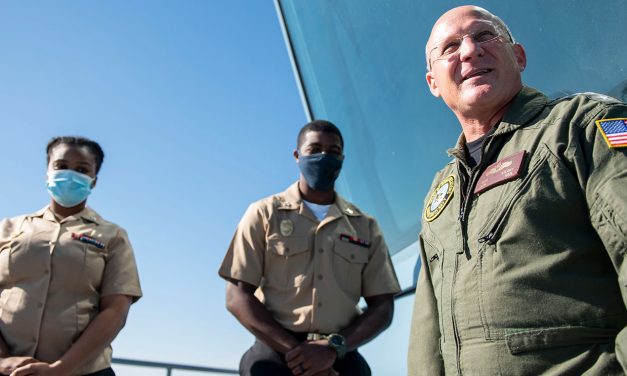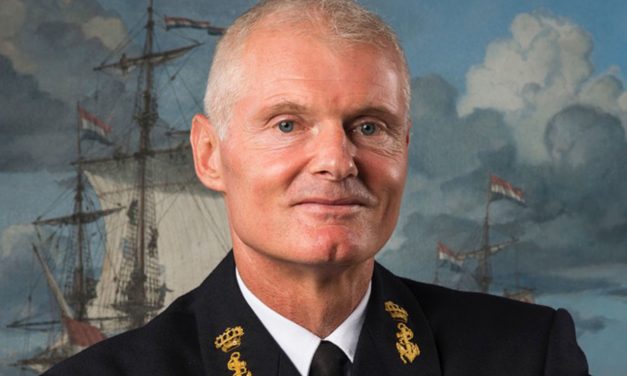The maritime industry is an important economic sector in Germany
Maritime shipping is the backbone of global trade, as the pandemic has once again clearly demonstrated. The German merchant fleet is still the fifth largest in the world. With 16.4 per cent of global capacity, Germany even has the largest container fleet in the world. At the end of 2020, 1844 merchant ships were owned by German shipping companies. These shipping companies provide 86,000 jobs directly in Germany. Worldwide, they employ 480,000 people. Germany has a modern shipbuilding industry specialising in high-tech products. Between 70 and 80 per cent of the added value of a ship built in Germany is generated by the nationally based, medium-sized supplier industry, whose sites...
Weiterlesen






Recent Comments